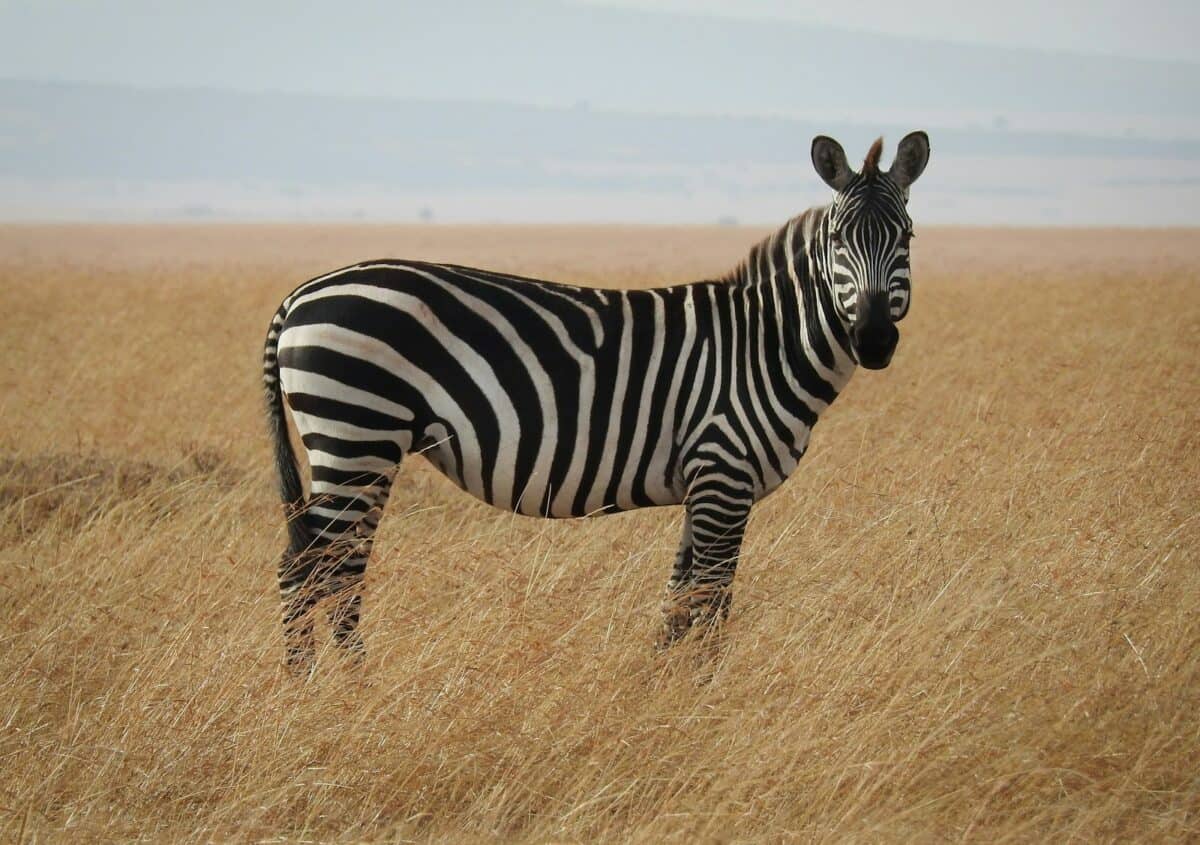In the animal kingdom, survival often depends on how quickly a newborn can adapt to its environment. While human babies require months of development before they can even crawl, some wild animal offspring hit the ground running—literally. These precocial species have evolved remarkable adaptations that allow their young to be mobile, alert, and relatively independent within hours or even minutes of birth. This evolutionary strategy is particularly vital for prey animals that can’t afford the luxury of a lengthy, vulnerable infancy. Let’s explore 13 fascinating wild babies that enter the world ready to run, showcasing nature’s incredible diversity of survival strategies.
Wildebeest Calves Born to Outrun Predators
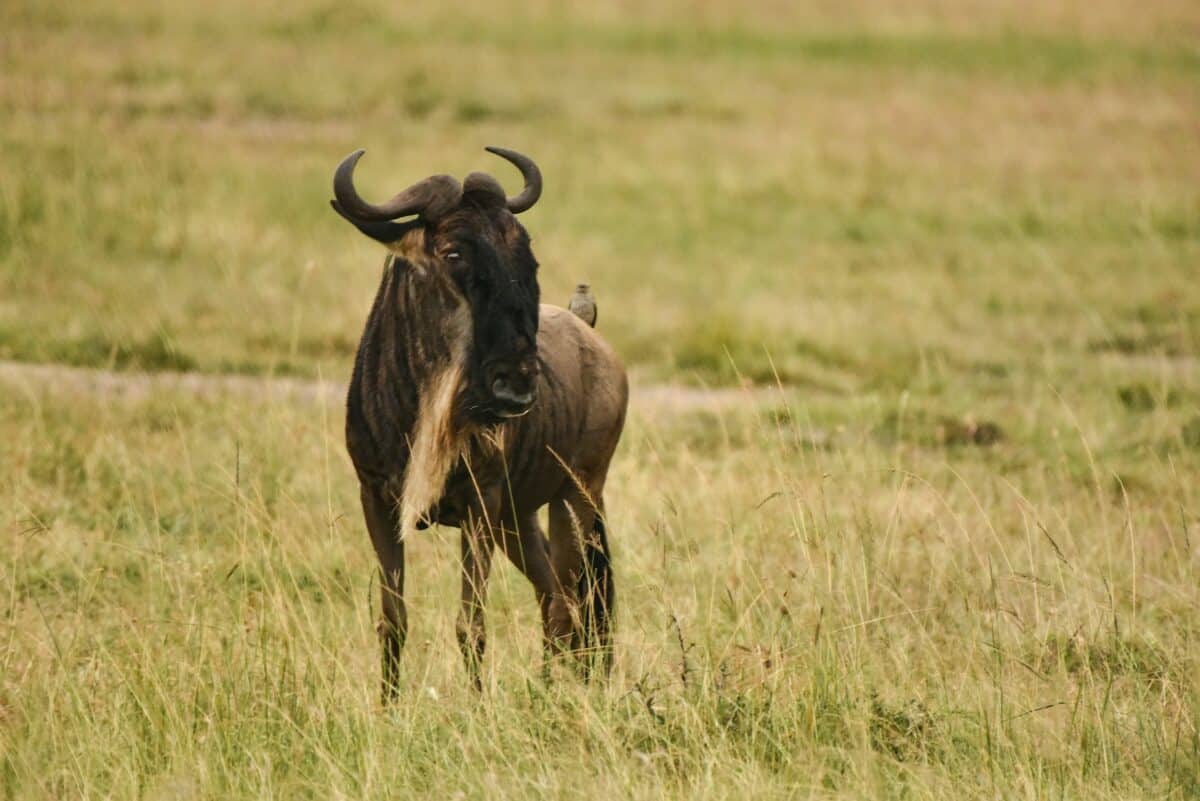
Wildebeest calves represent one of the most impressive examples of birth-ready mobility in the animal kingdom. Within just five to ten minutes of being born, these remarkable calves can stand on their wobbly legs, and within another five minutes, they’re capable of running alongside the herd. This extraordinary adaptation is crucial for survival in the predator-rich African savannas. During calving season, wildebeest give birth in synchrony, with thousands of calves born within a few weeks. This strategy overwhelms predators with too many potential targets simultaneously. A newborn wildebeest can reach speeds of up to 40 mph (64 km/h) within its first day of life—a necessary skill when lions, hyenas, and cheetahs are constantly on the prowl. Their ability to keep pace with the migrating herd immediately after birth is critical, as any calf left behind becomes an easy target.
Zebra Foals Striped and Swift from the Start
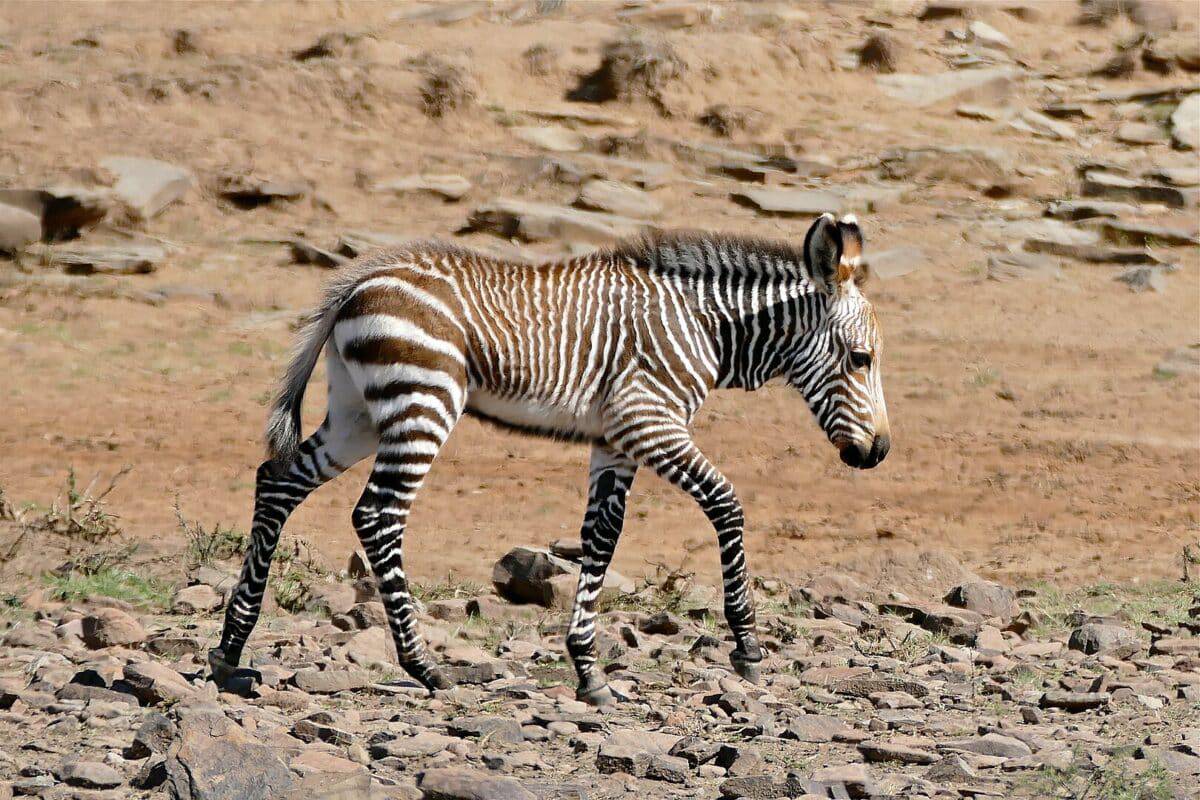
Zebra foals are born with their distinctive black and white striping pattern already fully developed, but more impressively, they can stand within 15 minutes of birth and run shortly thereafter. This remarkable adaptation is essential for zebras, as they inhabit open grasslands where visibility is high and predators are numerous. Mother zebras will isolate themselves from the herd when giving birth but quickly rejoin with their newborn foal. The young zebra imprints on its mother’s unique stripe pattern within the first hour of life, creating a visual recognition system that helps maintain their bond even within large herds. By the end of their first day, zebra foals can run nearly as fast as adults, reaching speeds of over 35 mph (56 km/h). This swift development is vital since approximately 50% of zebra foals fall victim to predators before reaching adulthood, despite their impressive early mobility.
Giraffe Calves A Six-Foot Drop into Life

Giraffe calves experience perhaps the most dramatic entrance into the world, dropping nearly six feet to the ground during birth as mothers remain standing. This jarring arrival actually serves a purpose—it helps stimulate the calf’s first breath and breaks the umbilical cord. What follows is equally impressive: within 30 minutes of birth, giraffe calves can stand on their spindly legs, and within an hour, they’re taking their first steps. By the end of their first day, they can run alongside their mothers. Born already measuring around 6 feet (1.8 meters) tall, these calves grow approximately an inch per day during their first week. Their rapid mobility development is crucial, as lions and hyenas target young giraffes. The mother giraffe provides protection, but the calf’s ability to flee from danger significantly increases its chances of survival in the open savanna habitats where hiding places are scarce.
Thomson’s Gazelle Fawns Nature’s Sprinters

Thomson’s gazelle fawns epitomize the concept of being born ready to run. These delicate-looking babies can stand within 15 minutes of birth and are capable of outrunning most predators within just a few hours. Unlike some other precocial species, gazelle mothers don’t immediately integrate their newborns into the herd. Instead, the fawns spend their first few weeks hiding in tall grass, with the mother returning periodically to nurse. Despite this hiding strategy, the fawns’ early running ability remains crucial—when discovered by predators, their first line of defense is pure speed. A week-old Thomson’s gazelle fawn can reach speeds of up to 25 mph (40 km/h), and by one month, they can match adult speeds of around 50 mph (80 km/h). Their lightweight bodies and proportionally longer legs compared to adults give them remarkable acceleration, often allowing them to escape predators through sheer agility rather than sustained speed.
Guinea Fowl Chicks Ground-Running Birds
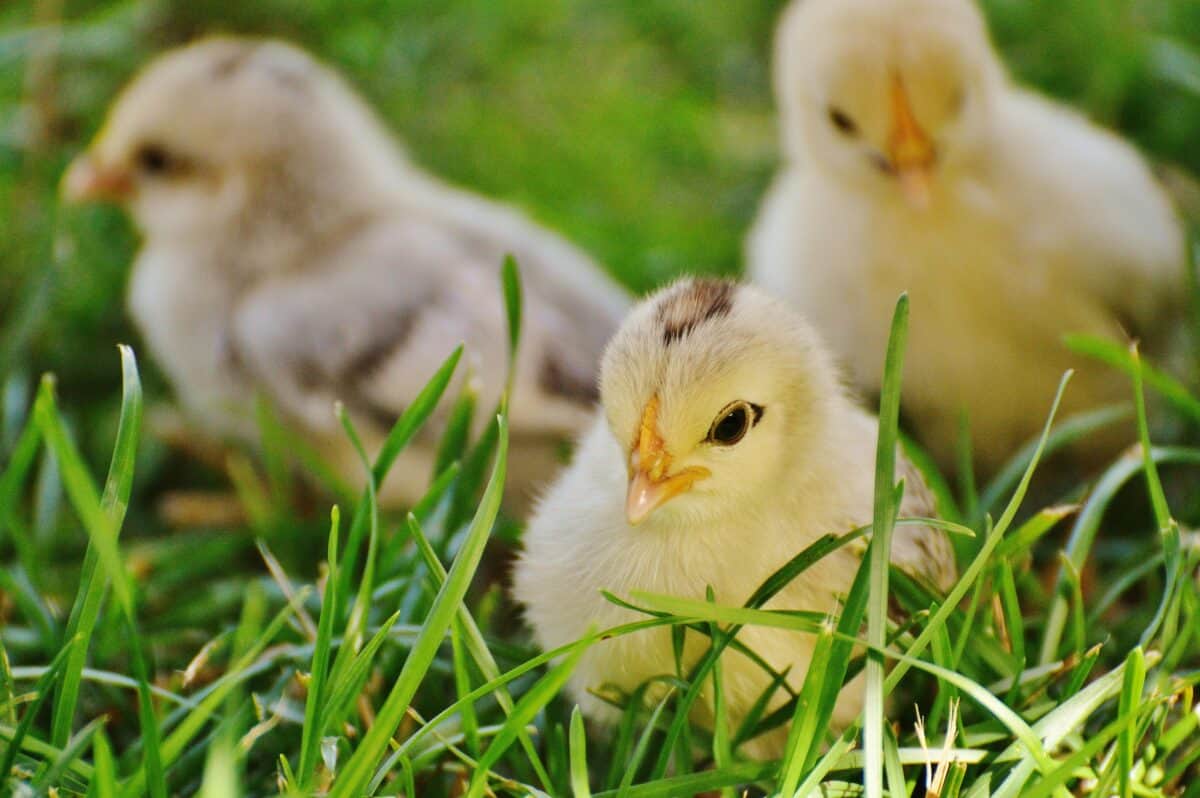
Guinea fowl chicks represent the avian world’s version of hit-the-ground-running babies. Unlike many bird species whose chicks hatch blind and helpless, guinea fowl produce precocial offspring that can leave the nest and follow their parents within hours of hatching. These distinctive African birds lay their eggs in ground nests, and once hatched, the chicks emerge with open eyes, downy feathers, and the ability to forage for themselves under parental supervision. Their early mobility serves as a crucial survival advantage in their savanna habitats, where remaining in a stationary nest would make them easy targets for predators. Guinea fowl chicks can run surprisingly fast, reaching speeds that allow them to keep up with their vigilant parents, who lead them to food sources and alert them to danger. This independence from birth contributes to their relatively high survival rate compared to altricial birds (those with helpless chicks) in similar environments.
Bison Calves Built for the Plains
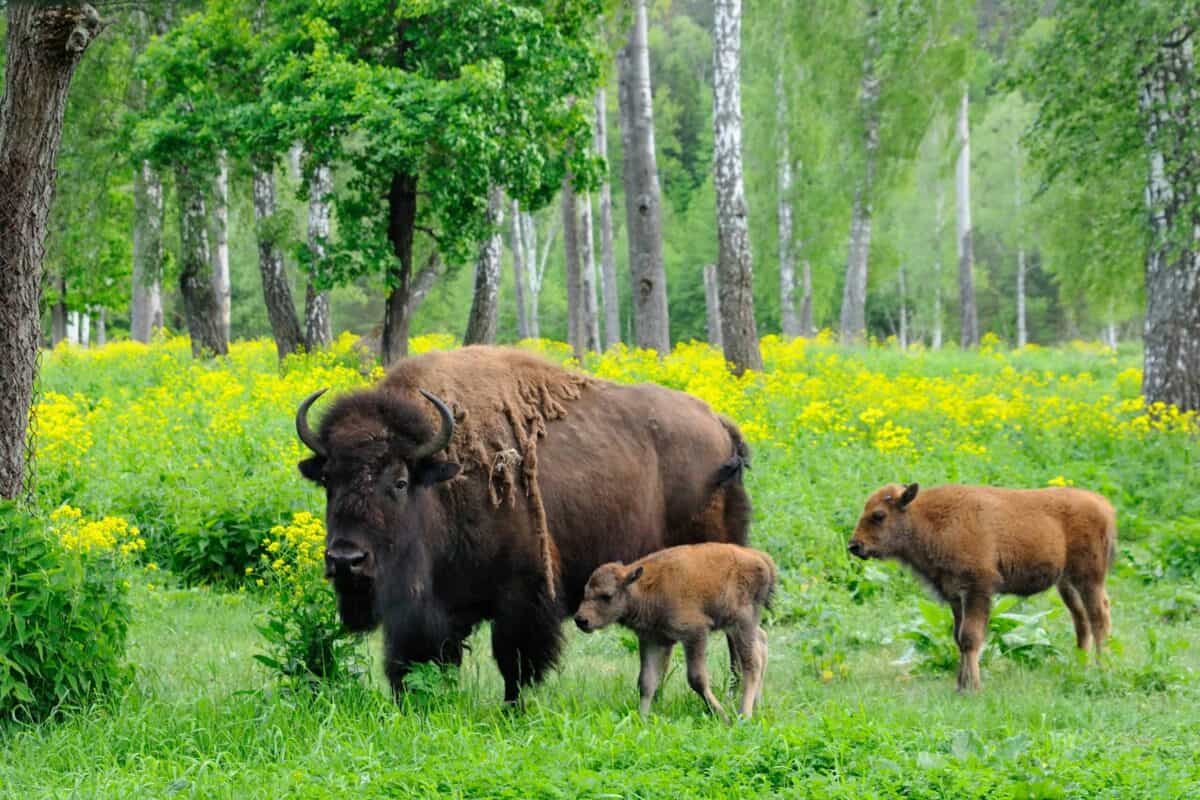
Bison calves demonstrate remarkable resilience from the moment they enter the world. These rusty-orange colored newborns (quite different from the dark brown of adults) can stand within 30 minutes of birth and run within hours. This rapid development is critical in the open grassland habitats where bison herds roam and wolves hunt. A newborn bison calf weighs approximately 30-70 pounds (14-32 kg) at birth—relatively small compared to their mothers, which can weigh up to 1,000 pounds (450 kg). Despite their size disadvantage, calves quickly develop the stamina to keep pace with the herd during migrations and can reach speeds of 35 mph (56 km/h) within their first week of life. The herd structure provides additional protection, with adult bison forming defensive circles around calves when predators approach. This combination of early mobility and social protection has been crucial to the species’ survival through thousands of years on the North American plains.
Caribou/Reindeer Calves Arctic Runners
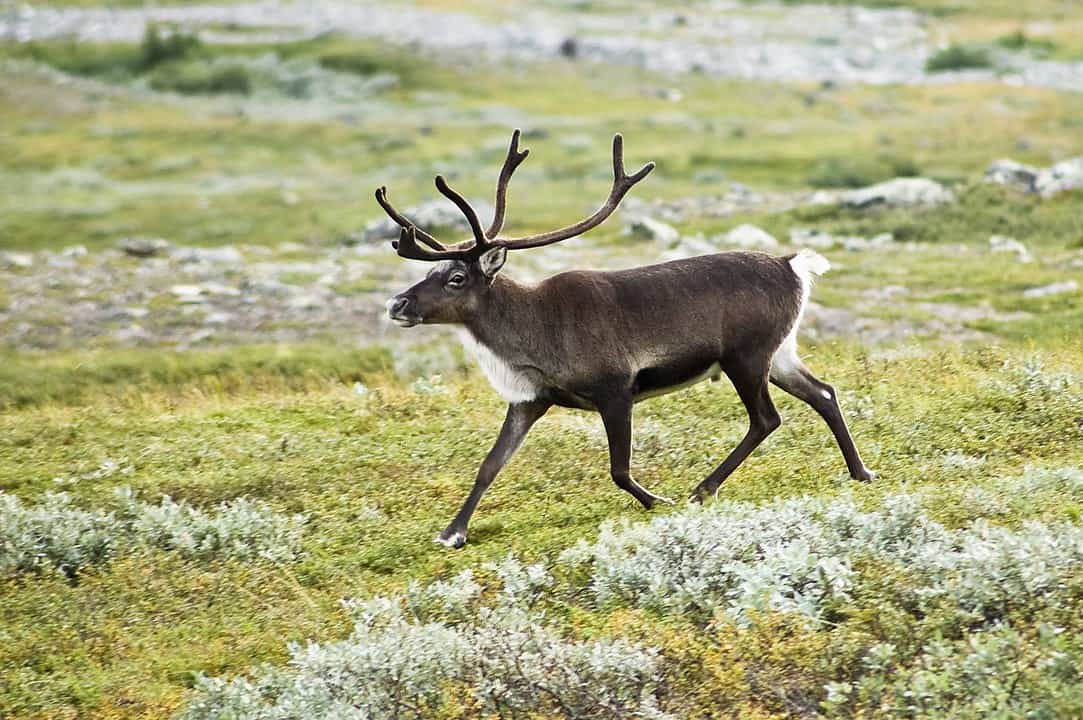
Caribou calves (known as reindeer in Europe) face perhaps the harshest start to life among hoofed mammals. Born in the Arctic tundra during spring migrations, these calves must be able to keep up with the herd almost immediately after birth. Within 90 minutes of being born, caribou calves can stand and walk, and within 24 hours, they can run and swim across frigid rivers. This remarkable adaptation is necessary as caribou herds may travel up to 50 miles (80 km) per day during migration. The calves are born with long legs relative to their body size, allowing them to navigate the boggy tundra and deep snow. Their fur is also specially adapted, providing insulation against temperatures that can drop below freezing even during the calving season. This combination of mobility and cold resistance is essential, as wolf packs specifically target the calving grounds, knowing that newborns represent vulnerable prey. Despite these challenges, healthy caribou calves grow rapidly, gaining approximately 1 pound (0.45 kg) per day during their first summer.
Pronghorn Fawns America’s Speed Champions

Pronghorn antelopes are North America’s fastest land animals, capable of sustained speeds of up to 55 mph (89 km/h), and their fawns inherit this need for speed from birth. Unlike deer that hide their fawns, pronghorn mothers give birth to fawns that can run alongside them within hours. By just four days old, pronghorn fawns can outrun a human, and by ten days, they can reach speeds of 30 mph (48 km/h). This extraordinary development is essential for survival in the open grasslands and deserts where pronghorns live. Typically born as twins, pronghorn fawns have evolved this rapid mobility because their primary defense against predators like coyotes and wolves is outrunning them rather than hiding. Their hearts, lungs, and muscles develop at an accelerated rate compared to most mammals, with cardiovascular systems that can deliver oxygen to muscles more efficiently than almost any other land animal. This adaptation allows even young fawns to maintain high speeds over long distances—a crucial ability in their expansive, cover-sparse habitats.
Moose Calves Gangly But Quick
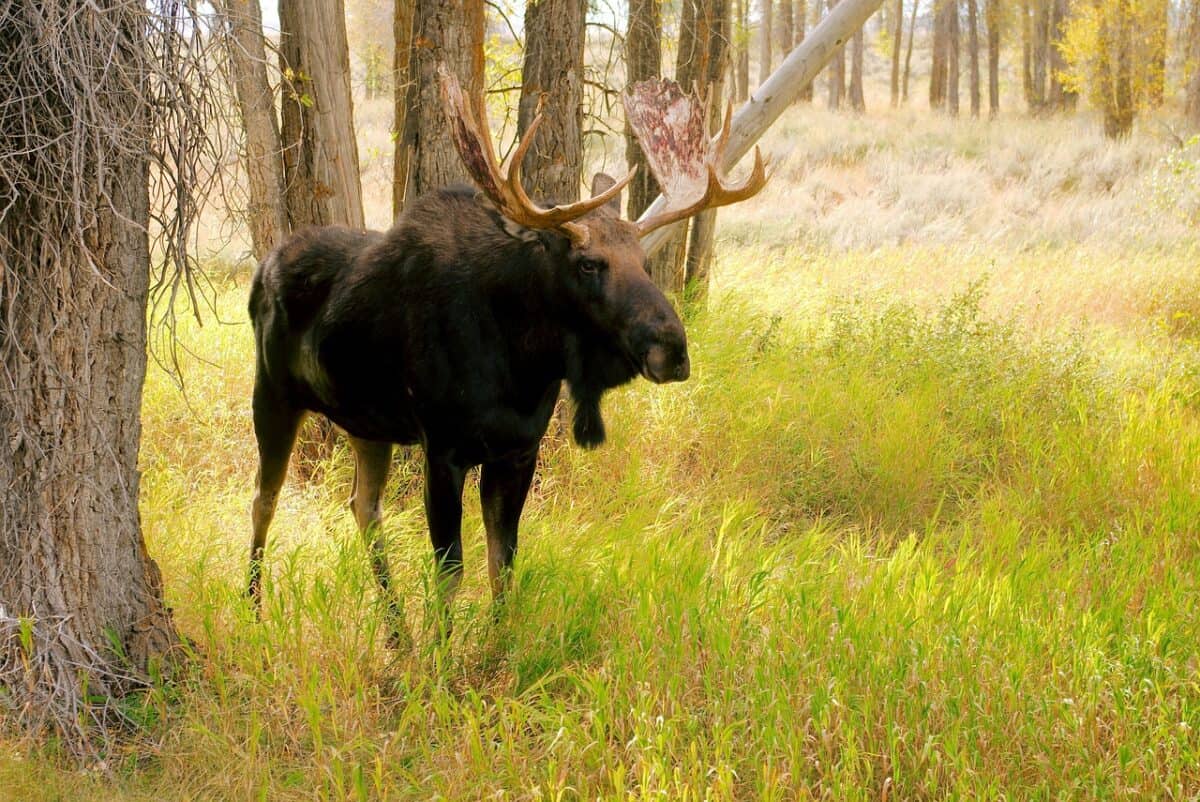
Moose calves may appear awkward with their gangly legs and disproportionate bodies, but they develop mobility at an impressive rate. Born after a gestation period of about eight months, moose calves can stand within 30 minutes of birth and are capable of swimming across lakes and rivers within just two days. This early aquatic ability is particularly important for moose, as water serves as both a food source (aquatic plants make up much of their diet) and an escape route from predators like wolves and bears. A newborn moose calf weighs approximately 25-35 pounds (11-16 kg) and can grow to 300 pounds (136 kg) within just six months. Despite their rapid growth, they maintain remarkable agility, with the ability to run at speeds up to 35 mph (56 km/h) within their first week. Unlike many other hoofed mammals that rely on herds for protection, moose are generally solitary, making the calf’s early mobility even more critical for survival as they must follow their mothers through swamps, forests, and across waterways.
Mountain Goat Kids Born Climbers

Mountain goat kids take the concept of birth readiness to new heights—literally. Born in some of the most precarious environments on Earth, these kids can stand and climb on rocky mountain slopes within 10 minutes of birth. Their hooves have soft centers surrounded by hard, sharp edges that provide exceptional grip on nearly vertical surfaces. This early climbing ability is crucial since mountain goats live in extreme alpine environments where the primary defense against predators is inaccessibility. Mother goats typically give birth on isolated ledges or sheltered areas, but the kids must quickly develop the skills to navigate their treacherous mountain habitat. Within a day, mountain goat kids can jump and bound across rocky terrain that would challenge experienced human climbers. Their bodies are specially adapted with powerful shoulder muscles and low centers of gravity, allowing even the youngest kids to traverse narrow ledges with remarkable confidence. This specialized mobility from birth is essential, as falling represents one of the greatest dangers in their high-altitude home.
Guanaco Crias Andean Altitude Specialists

Guanacos, wild relatives of llamas native to South America, produce some of the most independently mobile newborns in the camelid family. Their babies, called crias, can stand and walk within 30 minutes of birth and run within an hour—a necessary adaptation for life in the high, open Andean plains where predators like pumas present a constant threat. Born after an 11-month gestation period, guanaco crias weigh around 17-29 pounds (8-13 kg) at birth and are immediately alert and responsive. Their bodies are specially adapted for the high-altitude environment, with blood containing a higher concentration of red blood cells than most mammals, allowing efficient oxygen transport even in the thin mountain air. This adaptation is fully functioning at birth, enabling the crias to run at elevations of up to 13,000 feet (4,000 meters) without the oxygen deprivation that would affect most other mammals. Unlike domesticated llamas, wild guanacos must be ready to flee from danger immediately, making their precocial development an essential survival trait in their harsh mountain habitats.
Wild Horse Foals Born to Roam

Wild horse foals represent one of the classic examples of nature’s “ready to run” babies. Born after an 11-month gestation period, these foals can stand within 30 minutes of birth and can gallop alongside their mothers within two hours. This rapid development is crucial for survival in the open plains and grasslands where wild horses evolved. A newborn foal’s legs are already approximately 90% of their adult length, giving them the stride needed to keep pace with the herd. Wild horse herds, whether mustangs in North America or Przewalski’s horses in Central Asia, must cover large territories to find adequate grazing, making a foal’s early mobility essential. Unlike domesticated horses that might receive veterinary care, wild foals must overcome any birth complications independently. Their innate ability to nurse standing up, often within the first hour of life, provides the critical colostrum (first milk) that delivers antibodies for immune protection. This combination of mobility and quick access to nutrition means healthy wild horse foals have survival rates of about 80% in predator-sparse environments, though this drops significantly in areas with wolves or mountain lions.
Vicuña Crias High-Altitude Sprint Specialists
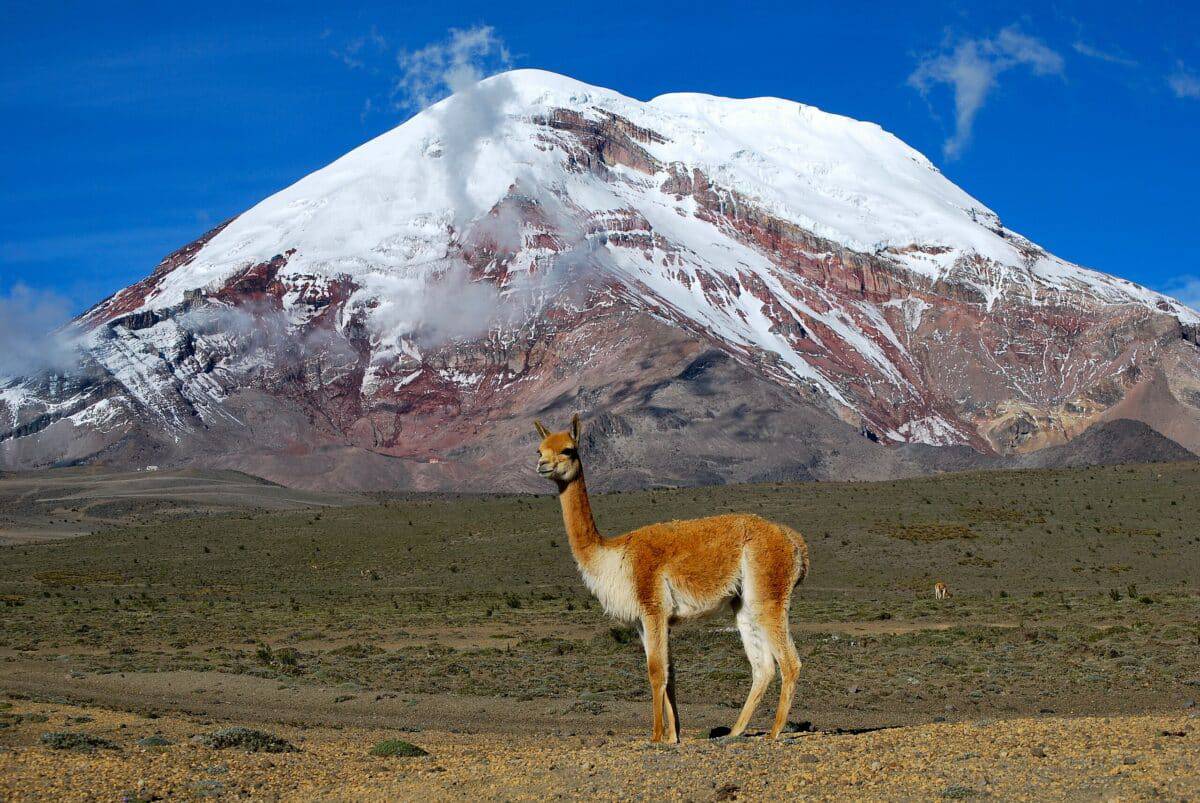
Vicuñas, the smallest wild members of the camel family, produce remarkably capable newborns adapted to life in the extreme elevations of the Andes Mountains. Born at altitudes of 10,000-15,000 feet (3,000-4,500 meters), vicuña crias can stand within 15 minutes of birth and run within 30 minutes—an extraordinary adaptation considering the oxygen-poor environment. These crias are born with specialized hemoglobin that binds oxygen more efficiently than that of lowland animals, allowing them to fuel their muscles despite the thin air. Weighing just 11-15 pounds (5-7 kg) at birth, vicuña crias can reach speeds of 30 mph (48 km/h) within their first day—a necessity in their open, high-altitude habitat where hiding from predators like pumas is nearly impossible. Their bodies are covered in the world’s finest wool (finer even than cashmere), which provides crucial insulation against the extreme temperature fluctuations of their mountain home, where daytime heat can rapidly give way to below-freezing nights. This combination of mobility and temperature regulation from birth helps explain how these delicate-looking animals have survived for thousands of years in one of Earth’s most challenging environments.
Nature’s Remarkable Adaptation for Survival
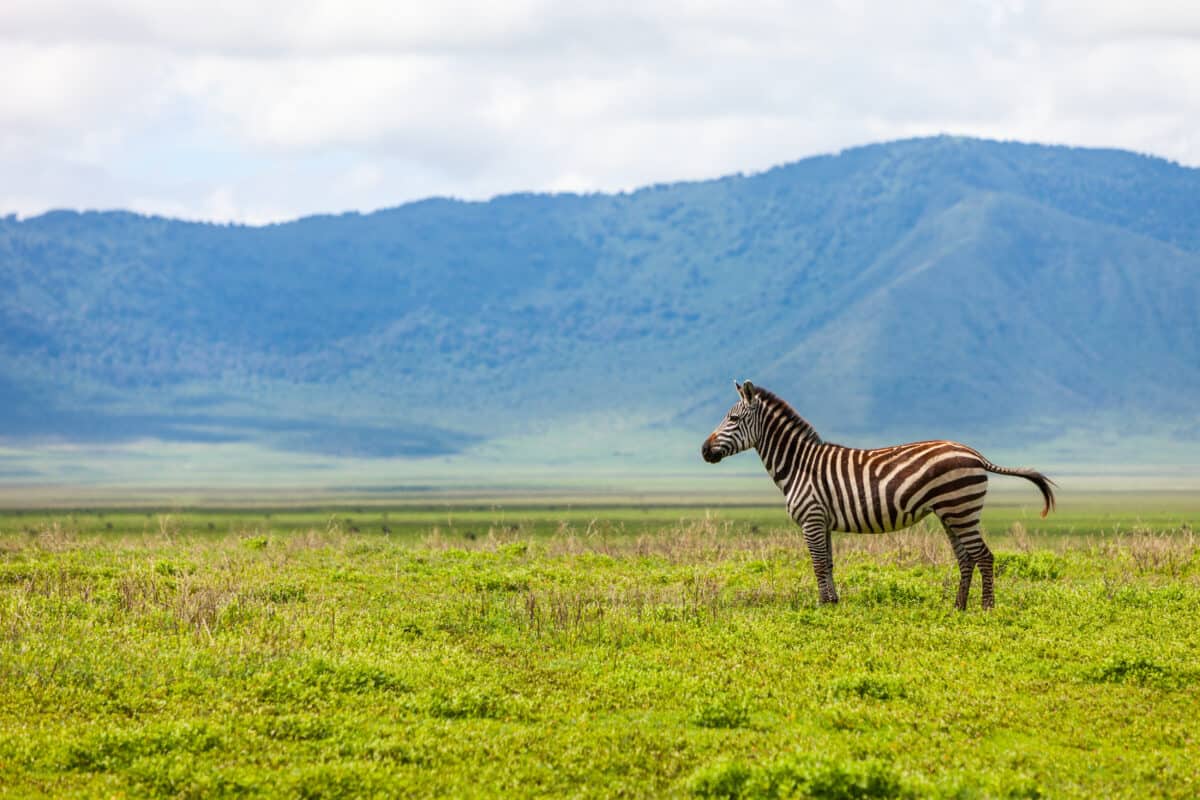
The ability of certain species to produce offspring that can run within hours or even minutes of birth represents one of nature’s most fascinating evolutionary adaptations. This precocial development is not random but has emerged repeatedly in species that inhabit open environments where hiding is difficult and predation pressure is high. The physiological demands of developing such mobile young are substantial, requiring mothers to provide more nutrients during gestation and produce newborns with more fully developed muscles, bones, and nervous systems. This strategy stands in stark contrast to altricial species like lions or bears, whose cubs are born helpless but benefit from the protection of dens or lairs. As we face increasing habitat fragmentation and climate change, understanding these different reproductive strategies becomes crucial for conservation efforts. The remarkable running babies of the wild remind us of nature’s ingenious solutions to the universal challenge of survival and the delicate balance of adaptations that have evolved over millions of years.
- 13 Wild Babies That Are Born Ready to Run - August 16, 2025
- 12 Wild Creatures That Can Regrow Entire Limbs - August 16, 2025
- How Do Whales Communicate Across Thousands of Miles? - August 16, 2025

